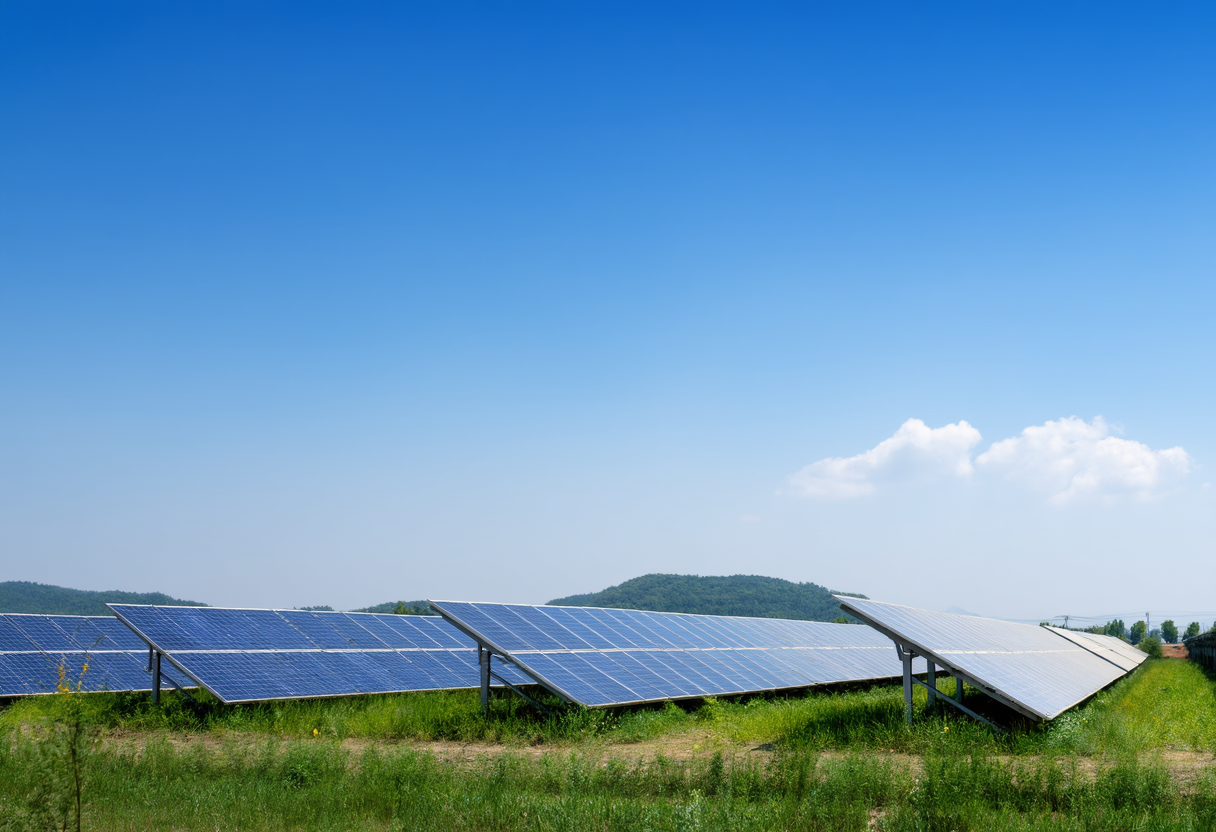Unlocking the Energy Potential: Solar Thermal Collectors Explained
Understanding Solar Thermal Collectors is crucial for harnessing renewable energy. These systems offer significant advantages in energy efficiency and sustainability. As technology evolves, so does their ability to impact our energy landscape positively. In this article, we delve into their mechanisms, benefits, and future prospects, illuminating their role in global energy strategies.
How Solar Thermal Collectors Work
Solar Thermal Collectors operate on simple yet effective principles that harness the sun's energy. At their core, these systems use a flat or curved surface to absorb sunlight, converting it into heat through a process known as thermal conversion. This heat is then transferred to a fluid, which circulates through the system to provide heating for water or other applications. The efficiency of Solar Thermal Collectors largely depends on design factors such as orientation, insulation, and surface area. Innovations in materials and technology are continually enhancing their ability to capture and retain solar energy. Furthermore, coupling these collectors with modern smart technology enables better monitoring and management of energy consumption. By understanding the mechanics of Solar Thermal Collectors, users can maximize their benefits and contribute to sustainable practices.
Benefits Beyond Energy Savings
While the primary goal of Solar Thermal Collectors is to provide efficient energy, their advantages extend well beyond mere cost savings. These systems contribute to sustainable energy goals, reduce dependency on fossil fuels, and increase energy security. Moreover, by lowering energy bills, homeowners and businesses enjoy long-term economic benefits. Solar Thermal Collectors can also qualify for various government incentives and rebates, further enhancing their attractiveness. Additionally, they promote energy independence by utilizing a localized resource – sunlight – which is abundant and renewable. As communities move towards greener practices, the collective impact can lead to significant reductions in overall carbon emissions, paving the way for a healthier planet. Hence, the adoption of Solar Thermal Collectors aligns not only with individual interests but also with global environmental goals.
Global Trends in Solar Thermal Technology
Globally, the trend towards renewable energy sources is gaining momentum, with Solar Thermal Collectors leading the charge. Countries are increasingly investing in infrastructure to support solar technologies, recognizing their potential in addressing energy demands sustainably. The rise of net-zero buildings which incorporate solar thermal systems signifies a shift towards greener architectural practices. Research and development in solar technology are enhancing both efficiency and cost-effectiveness, which will likely drive adoption rates higher in the coming years. Additionally, emerging markets are beginning to explore Solar Thermal Collectors, recognizing their potential in providing affordable energy solutions in underserved areas. As technology advances, it is anticipated that more innovative applications will arise, further embedding solar thermals into our global energy framework.
Enhancing User Experience with Advanced Technologies
The user experience associated with Solar Thermal Collectors has seen significant improvements due to advancements in technology. Modern systems often come equipped with user-friendly interfaces for monitoring energy production and consumption. Additionally, smart home integration allows users to manage their solar thermal settings remotely. The interactivity of these technologies empowers consumers to optimize their energy usage, leading to even greater savings. Innovations such as predictive analytics are beginning to play a role, enabling systems to learn from historical data and adjust operations accordingly. This technological evolution not only enhances user satisfaction but also encourages conservation and responsible energy use. By prioritizing consumer experience, the market for Solar Thermal Collectors is poised for growth, attracting more users to sustainable energy solutions.
Addressing Regulatory and Market Challenges
Despite their vast potential, Solar Thermal Collectors face regulatory and market hurdles that could impede growth. National and local regulations often vary, creating inconsistencies that can deter investments. Awareness of the benefits and workings of these systems is still lacking in several communities. Addressing these barriers requires collaborative efforts between industry advocates and policymakers. By establishing clearer regulations and creating education campaigns, stakeholders can empower consumers and promote renewable energy initiatives. Furthermore, integrating Solar Thermal Collectors into existing energy frameworks will create synergies that enhance overall energy production and consumption. Collaboration between government, businesses, and educational institutions is vital in fostering an environment conducive to innovation and growth within the renewable energy sector.
Conclusion: The Role of Solar Thermal Collectors in Future Energy Strategies
The future of energy relies heavily on innovative solutions like Solar Thermal Collectors. Their ability to provide efficient, sustainable, and cost-effective heating solutions makes them a crucial element in global energy strategies. As technological advancements continue and awareness grows, it is expected that the adoption of these systems will escalate, paving the way for a greener future. By prioritizing solar thermal technologies, we can make significant strides toward energy independence and sustainability. The journey toward a lower-carbon economy necessitates collective action; therefore, engaging stakeholders at all levels is essential for harnessing the full potential of Solar Thermal Collectors.
